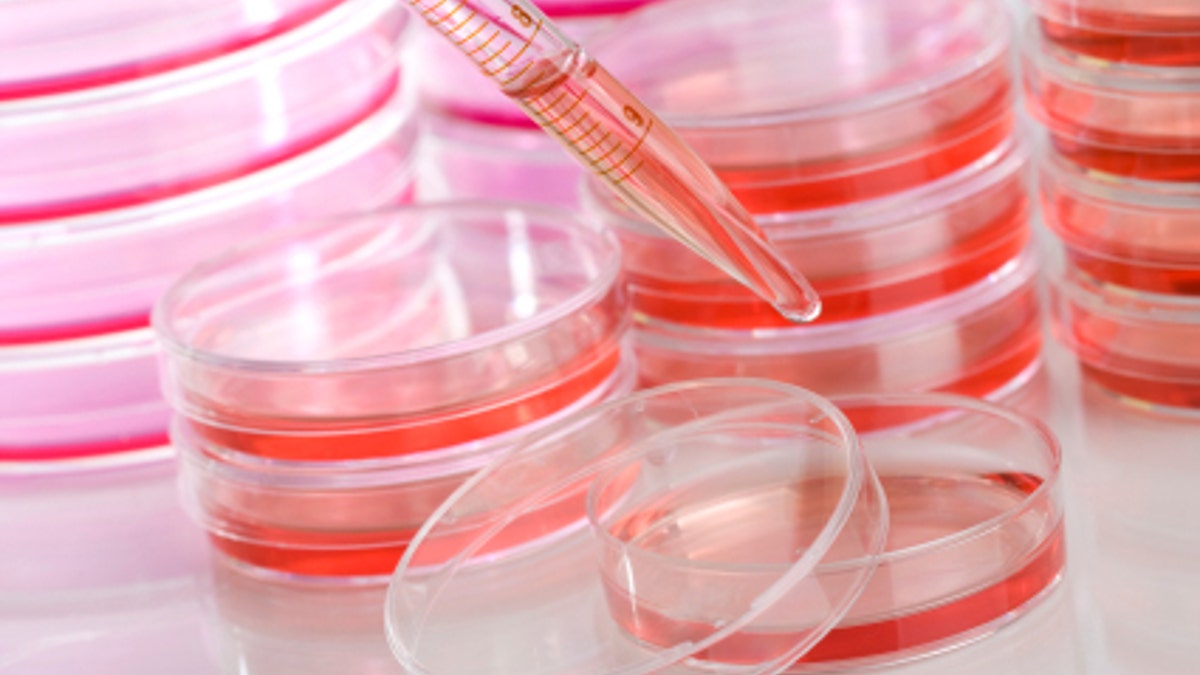
In a provocative experiment, researchers said Wednesday they had used a cloning technique to create early-stage human embryos that were partial copies of the patients from which they were derived.
The experiment, published in the journal Nature, is part of a larger quest to make fresh, patient-specific stem cells and treat many difficult diseases. It created 13 cloned early-stage human embryos that were partial clones of diabetic patients. Each embryo carried three sets of chromosomes -- an extra set -- which means they were abnormal and would not have been viable if implanted in a womb and carried to term.
If the technique is to ever become a viable treatment, the researchers would have to eliminate that extra set of chromosomes and effectively create an embryonic human clone.
The experiment marks the closest that scientists have come to cloning humans since the 2004 work done by a Korean scientist who claimed to have created the first human embryonic clone and derived a stem cell line from it;. That work was shown to be fraudulent.
While the latest study does not claim the same dramatic breakthrough that the 2004 experiment did, it is likely to spark controversy because it involves potential human cloning and embryo destruction.
"It's an early research step … towards curing devastating diseases," said Dieter Egli of the New York Stem Cell Foundation Laboratory in New York City and a co-author of the study, which pointedly does not use the word "cloning" to describe the results. "We really don't know how hard it's going to be" to eliminate the extra set of chromosomes.
Scientists have long hoped to create fresh human tissue and use transplantation to treat a range of ailments, such as heart disease and Parkinson's. Ideally, such fresh tissue should share the same DNA as the patient and thus avoid immune-rejection problems.
There are several ways to create fresh tissue. Master stem cells -- which give rise to all tissue types in the body -- can be extracted from a six-cell embryo. But this approach is ethically controversial and does not get around the problem of immune rejection.
Alternatively, certain genes can be added to a patient's mature cells. This reprograms them into an embryo-like state and creates a source of master cells without the problem of immune rejection or ethical controversy. But this method is still a long way from being safe or useful.
A third way is to use eggs to do the reprogramming trick. That was how Dolly, the famous cloned sheep, was made. Her mother's skin cell was put in another sheep's egg, which no longer had its own DNA-containing nucleus. That effectively "rebooted" the skin cell into an embryonic form, which was carried to term and led to a cloned Dolly.
While such cloning experiments have been successful in various mammals, the "de-nucleated" egg approach has not worked so far in humans. Now, Egli and his colleagues have -- partially -- achieved it via a simple move: They did not remove the egg's own nucleus, which is what gave the embryos an extra set of chromosomes.
Click here to read more on this story from the Wall Street Journal.
